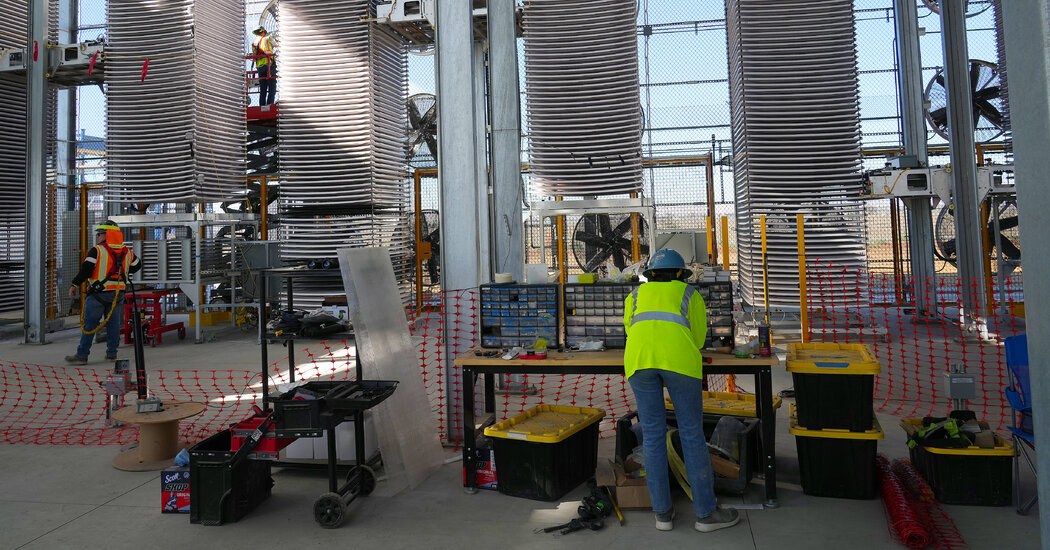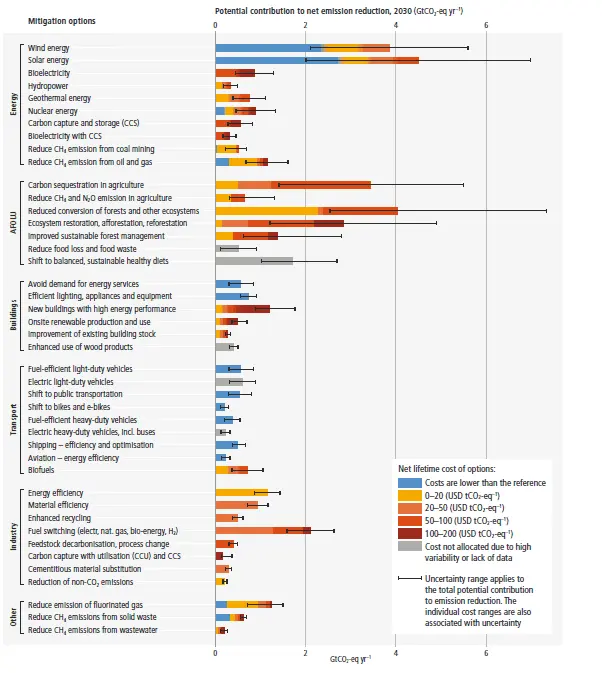cross-posted from: https://slrpnk.net/post/3853502
To be clear: carbon capture like this is a tiny and expensive part of what needs doing over the next few years
It’s getting a lot of support and publicity in large part because it’s backed by the oil industry, which is trying to create social permission for continued extraction and burning on a much larger scale than the removal.
How much carbon is generated by the equipment pulling carbon from the air?
They’re kind of quiet about that, though it’s probably about 30% to 50% of what they’re removing.
Did you mean to say 30-50x of what they’re removing?
No. It’s nowhere near that bad; just a lot cheaper and easier to not burn fossil fuels in the first place in almost all cases.
If renewable energy is used to power the kiln that regenerates the calcium carbonate back into calcium oxide powder (e.g. solar), then most of the carbon dioxide emitted by the process will be from the initial manufacture of the equipment. This may be small, especially given the simplicity of the design.
This is an insult to our intelligence.
At the California plant, workers heat limestone to 1,650 degrees Fahrenheit in a kiln powered by renewable electricity. Carbon dioxide is released from the limestone and pumped into a storage tank.
The leftover calcium oxide, which looks like flour, is then doused with water and spread onto large trays, which are carried by robots onto tower-high racks and exposed to open air. Over three days, the white powder absorbs carbon dioxide and turns into limestone again. Then it’s back to the kiln and the cycle repeats.
“That’s the beauty of this, it’s just rocks on trays,” Mr. Samala, who co-founded Heirloom in 2020, said. The hard part, he added, was years of tweaking variables like particle size, tray spacing and moisture to speed up absorption.
The carbon dioxide still needs to be dealt with. In California, Heirloom works with CarbonCure, a company that mixes the gas into concrete, where it mineralizes and can no longer escape into the air. In future projects, Heirloom also plans to pump carbon dioxide into underground storage wells, burying it.
Heirloom won’t disclose its exact costs, but experts estimate that direct air capture currently costs around $600 to $1,000 per ton of carbon dioxide, making it by far the most expensive way to curb emissions, even after new federal tax credits worth up to $180 per ton.
From a simple standard heat of formation analysis of the calcination reaction (PDF), the minimum energy required to capture 1 metric ton of carbon dioxide using calcination is about 4 gigajoules. For the average US resident who generates 14.44 tons of carbon dioxide per year, the Heirloom technology would require approximately 19 kilowatts of energy per US resident to offset their carbon footprint. That’s equivalent to each person running 10 typical hair dryers continuously year-round.
From my experience studying chemical engineering, Heirloom’s process is an example of an “equilibrium-driven” process which relies upon chemical concentration gradients (CO₂-poor calcium oxide powder in trays passively absorbing comparatively CO₂-rich atmosphere) to drive the separation. In comparison, “pressure-driven” processes that exploit selective permeabilities of fluids through specialized membranes can be much more energy-efficient, provided high pressure piping and fluid compressors are available. That said, both strategies require a place to store the extracted CO₂ which likely involves additional energy costs such as raising the CO2 to supercritical pressure (around 200 bar) for injection into the earth.
I’d like to believe this is real. Show me the carbon! I read somewhere that planting trees helps.




